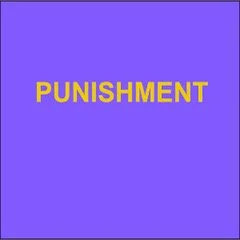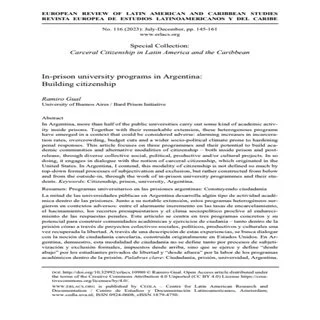By Ramiro Gual
In Argentina, more than half of the public universities carry out some kind of academic activity inside prisons. Together with their remarkable extension, these heterogenous programs have emerged in a context that could be considered adverse: alarming increases in incarceration rates, overcrowding, budget cuts and a wider socio-political climate prone to hardening penal responses. This article focuses on three programmes and their potential to build academic communities and alternative modalities of citizenship – both inside prison and postrelease, through diverse collective social, political, productive and/or cultural projects. In so doing, it engages in dialogue with the notion of carceral citizenship, which originated in the United States. In Argentina, I contend, this modality of citizenship is not defined so much by top-down formal processes of subjectivation and exclusion, but rather constructed from below and from the outside-in, through the work of in-prison university programmes and their students.
EUROPEAN REVIEW OF LATIN AMERICAN AND CARIBBEAN STUDIES, No. 116 (2023): July-December, pp. 145-161




